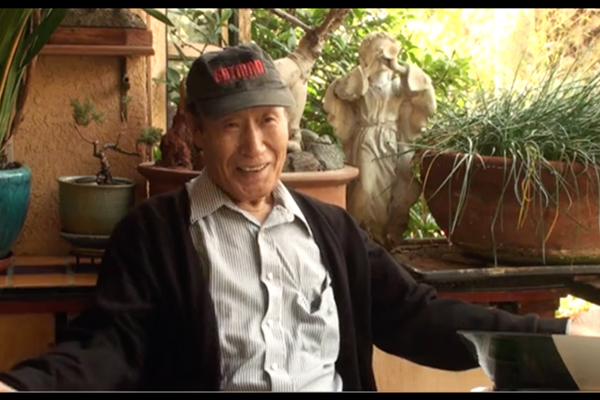A new exhibit at the Federal Reserve Bank of Chicago invites visitors to learn how redlining, the 20th-century federal housing policy that warded investors and lenders away from neighborhoods with non-white residents, helped shape today’s neighborhood boundaries.
The exhibit, called “Undesign the Redline,” is showing through March 29 at the bank’s Money Museum at 230 South LaSalle Street, according to Crain’s.
It shows reports from scouts who were sent by government-sponsored loan corporations during the 1930s and 1940s to establish credit ratings for each neighborhood, often flagging the presence of black or immigrant populations as a sign of risk for lenders. Those racist criteria were incorporated into maps that highlighted “declining” areas in yellow, and “hazardous” areas in red, setting the stage for decades of disinvestment in poor neighborhoods.
A 1939 map washed huge swathes of the South and West Sides — plus parts of the Near North Side — in red, while the suburban North Shore was marked blue and green, indicating a safer target for investment.
The exhibit also chronicles the efforts of Chicago housing organizers like Marion Stamps and the Contract Buyers League, who campaigned against housing policies that benefited white residents.
New York-based group Designing the We brought the “Undesign the Redline” exhibit to a handful of other American cities, including Atlanta, Los Angeles and New Orleans. [Crain’s] — Alex Nitkin
